I have long been fascinated with the Dutch Golden Age. It spanned the 17th Century. The first half was dominated by the 80-year war with Spain, which ended in 1648 and continued in peacetime until around 1700. It has been estimated that between 5 and 10 million works of art were produced during this century although only about 1% survived.
The wealth generated by the world trade by the Dutch ships dominated by the Dutch East India Company played a significant role, but there was something else behind this passion that the Dutch had for art and no one seems to be sure what it was. Everyone seemed to be crazy for art and it was only their income that determined whether their walls were covered with paintings by the likes of Rembrandt and Vermeer or so-called “gallery slaves” employed by dealers painting what the dealer told them to or simple cheap prints, but most homes had something on their walls.
When anything is in high demand competition ensues and the quality improves and that is certainly evident in the paintings of the Dutch Golden Age. There are great examples of this work in museums around the world, but when it comes to quantity and quality there is no better place to see the art of this age than the Rijksmuseum in Amsterdam.
There were a few favorites missing on my recent visit like Vermeer’s “Milk Maid”, but not to worry. It along with others of the best of the best are currently hanging in Louvre in Paris in a special Vermeer exhibition and another featuring the “Leiden Collection” of Dutch art and I will be seeing them in a couple of weeks while I am in Paris. Here are Rembrandt’s famous “Night Watch” and one of his greatest self portraits.
The craftsman like skill with the paint and the brush and the understanding of light and composition in this art was nothing short of phenomenal and it is obvious when you study these paintings. Look at the van der Helst painting “Militia Company of District VIII” and click on the image to blow it up and see the detail work on Captain Roelof Bicker in the middle.
One of my favorite quotes about these Golden Age paintings is by Van Gogh, who was certainly a man full of imagination and fantasy. “Those Dutchman had hardly any imagination or fantasy, but their good taste and their scientific knowledge of composition were enormous.” Van Gogh “Letters”. Check out the “Still Life with Turkey Pie” paintings from 1627 by Pieter Claesz below. Then find the three details shown by clicking on the images to enlarge them.
Within a few hundred yards of the Rijksmuseum you will find the Van Gogh Museum and the Stedelijk Museum of Modern Art. My camera accidentally went off when the guard was not looking and I got these great pictures of those great French Posters on display in the Van Gogh. Friends may recognize the poster of the 1890’s cover of the popular “La Revue blanche” by Toulouse Lautrec showing the editors wife Misia Natanson . I was really excited to see this because I have the small version at home. Stay tuned. Maastricht is next!

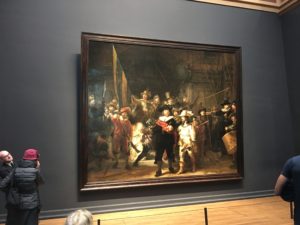
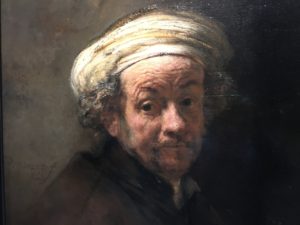
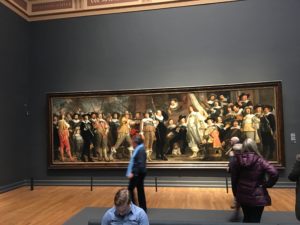
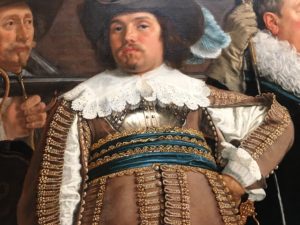
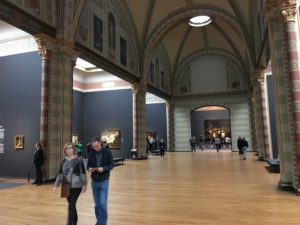
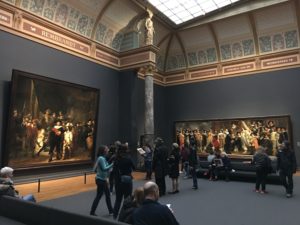
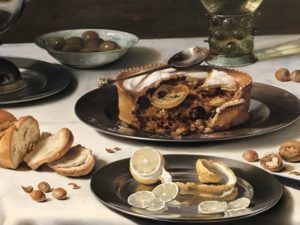
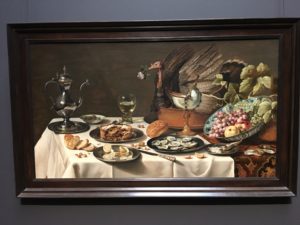
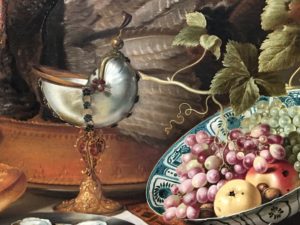
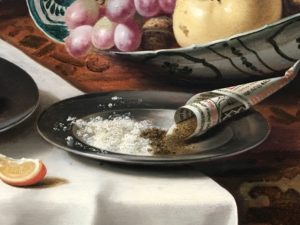
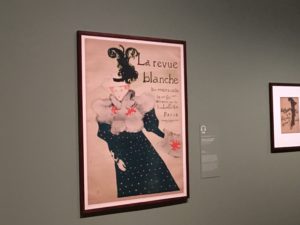
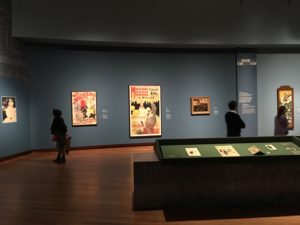
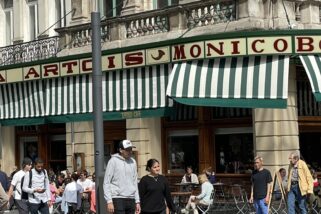





March 10, 2017
so beautiful!